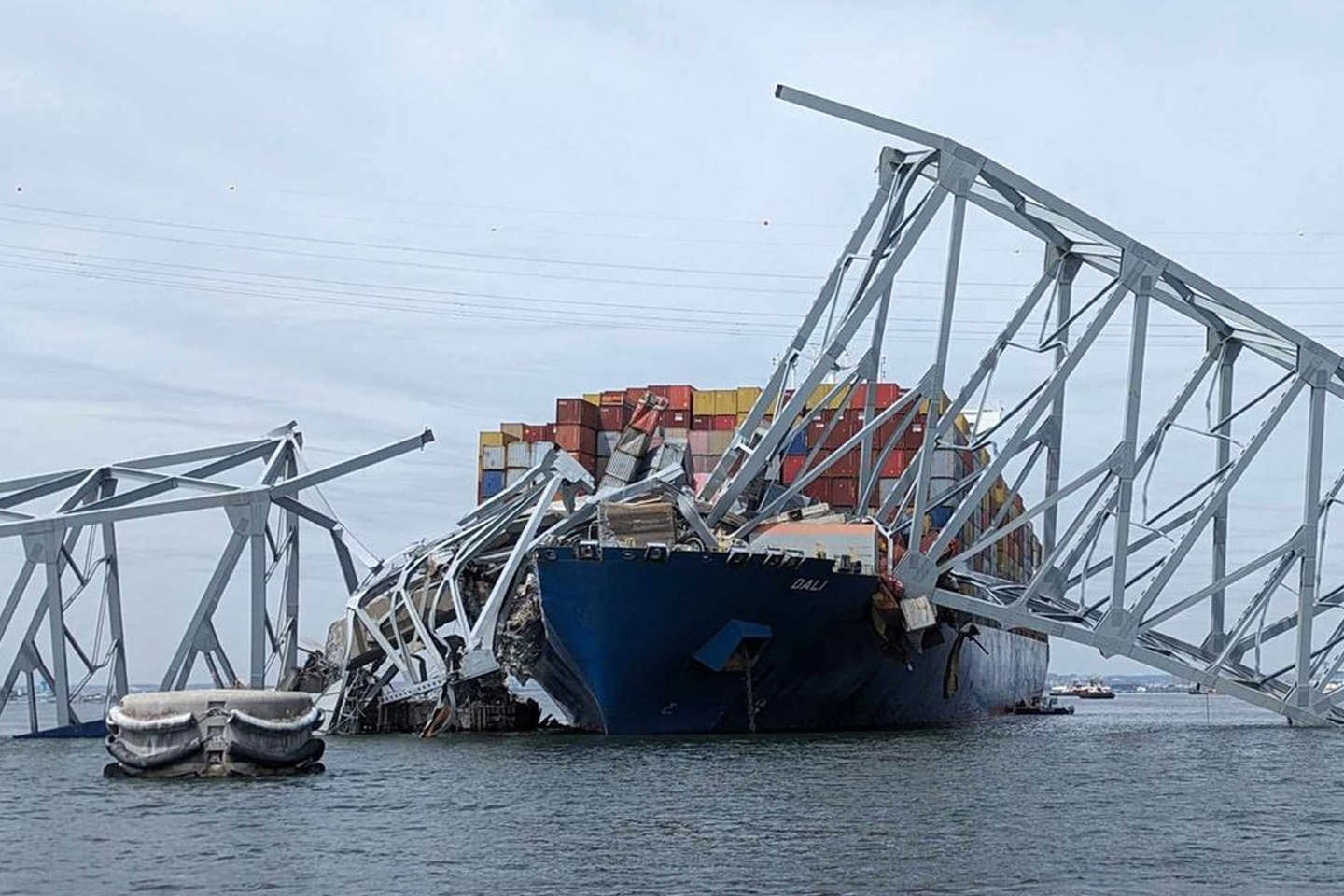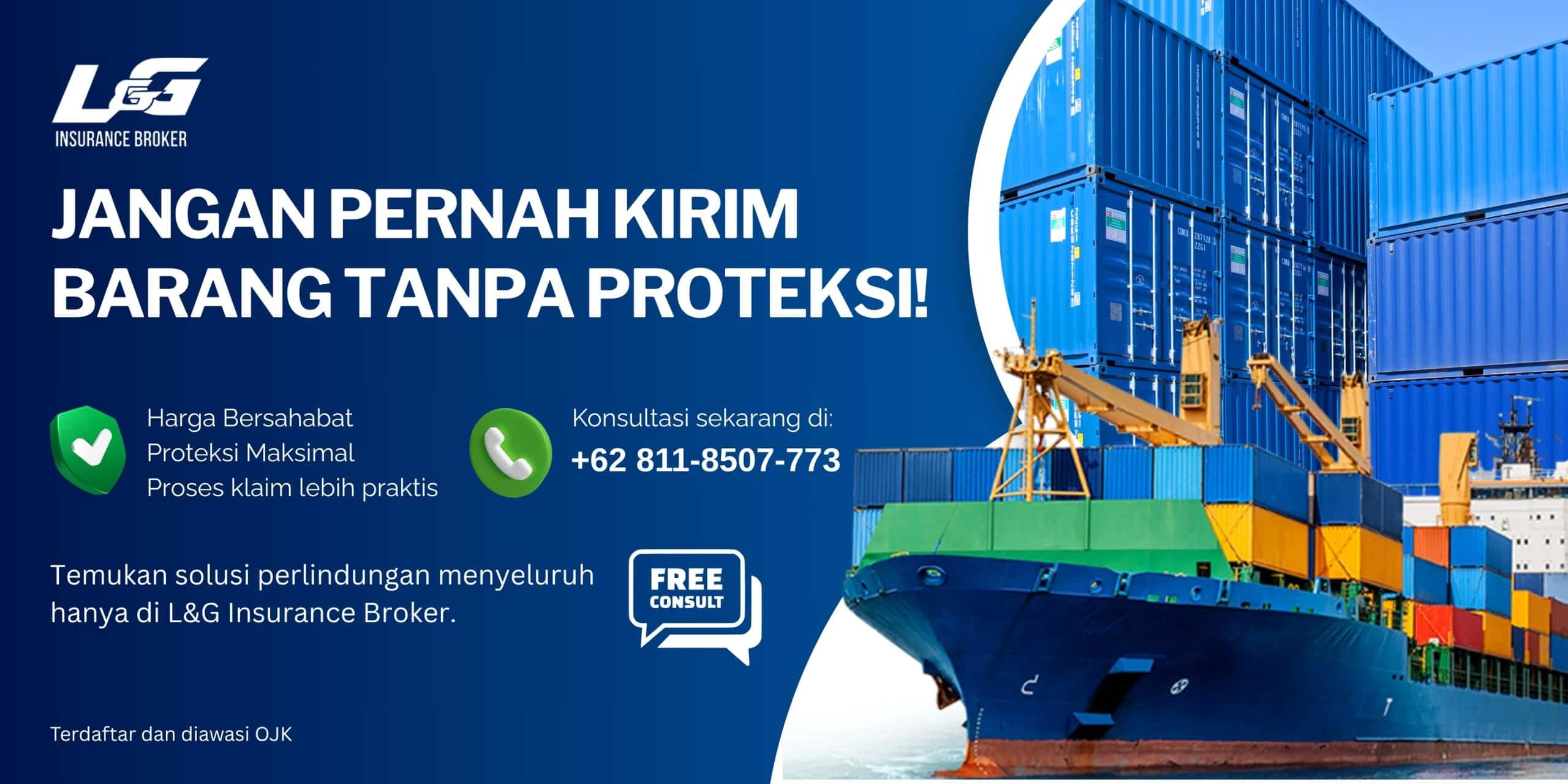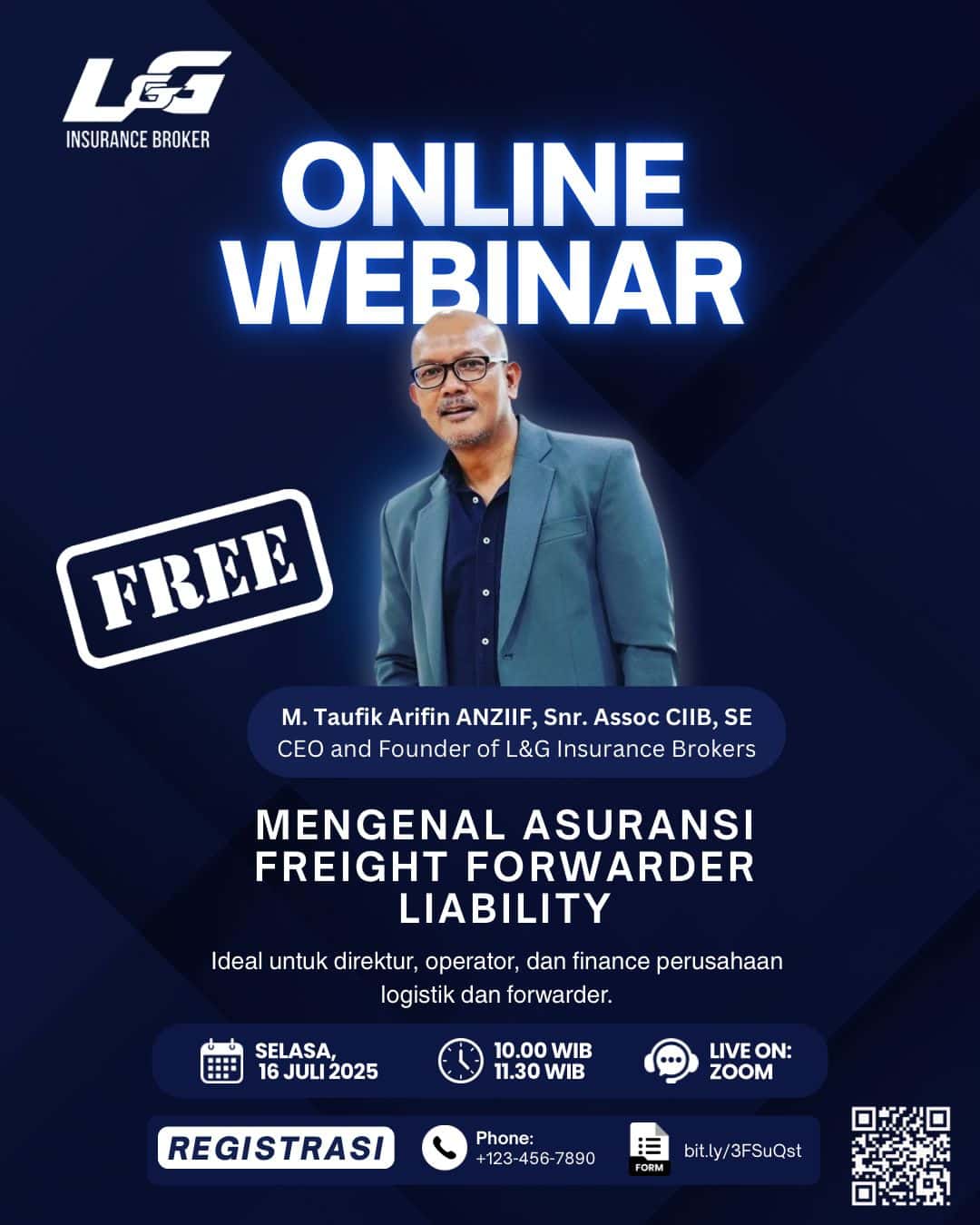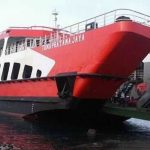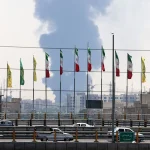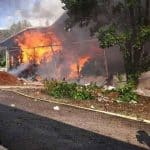Liga Asuransi – When destruction took its toll on one of America’s transportation icons, the Francis Scott Key Bridge in Baltimore, our views on infrastructure safety were re-examined. This tragic event, triggered by the collision of the MV Dali, invites us to delve deeper into the complexities of relevant insurance and the critical lessons to be learned from this incident. In this in-depth analysis, we will explore the causal factors, insurance implications, and lessons learned following this heartbreaking incident.
When a tragic event such as the collapse of the Francis Scott Key Bridge in Baltimore occurs, many aspects must be considered. From the technical side of the structure to the social and economic implications, this event created ripple effects that went beyond just physical damage.
Bridge Condition and Factors Causing Collapse
The Francis Scott Key Bridge is one of the vital pieces of infrastructure that connects traffic around Baltimore City. However, the MV Dali shipwreck highlighted some underlying structural problems, such as the lack of adequate protection against impacts from large vessels.
The initial design of the bridge may not have taken full account of the possibility of ship collisions as modern container ships developed and increased in size. Protection such as “dolphins” and fenders, although designed to withstand the force of a collision, proved insufficient in the face of a ship the size of the MV Dali.
Technical and Security Implications
In-depth structural analysis needs to be carried out to understand the bridge’s vulnerability to external forces, including the impact of ship collisions. Prof. Colin Caprani highlights the importance of learning from these types of accidents and improvements in bridge design standards to account for the possibility of ship collisions.
Preventive measures such as equipping bridges with man-made islands or strengthening fender protection may need to be considered as part of repairing and enhancing the safety of existing infrastructure.
Social and Economic Impact
The collapse of the Francis Scott Key Bridge not only disrupted local and interstate traffic flow, but also had significant economic impacts. Cutting off access across the Patapsco River could disrupt supply chains and trade activities in the region.
Apart from that, there are also social impacts, such as public safety and inconvenience for local residents who depend on the bridge for daily mobility.
Future Learning and Improvement
This tragic event emphasizes the importance of learning from past accidents to improve the safety and resilience of future infrastructure. Changes in design standards, implementation of advanced technology, and ongoing evaluation of structural strengths and weaknesses are key in preventing similar incidents from occurring in the future.
In addition, increased monitoring and routine maintenance of existing bridges is also important to ensure their safety and functionality in the long term.
In the context of the collapse of the Francis Scott Key Bridge in Baltimore after being hit by the cargo ship MV Dali, several types of insurance that can be considered to overcome the risks and impacts include:
- Ship Insurance (Marine Insurance):
- Public Liability of Ships: This insurance will cover legal liability costs arising from damage or accidents caused by the ship.
- Hull & Machinery Insurance: This insurance protects the ship itself from physical damage, including damage due to collisions or accidents.
- Infrastructure Insurance (Infrastructure Insurance):
- Construction Insurance: If the bridge is still under construction or renovation, construction insurance can provide protection against damage or loss during the construction process.
- Property Insurance: For completed infrastructure such as the Francis Scott Key Bridge, property insurance can provide protection against physical damage due to events such as ship collisions.
- Liability Insurance: This insurance will cover legal liability costs arising from damage or injury caused by damaged infrastructure.
- General Liability Insurance (General Liability Insurance):
- Public Liability Insurance: Provides protection against legal claims filed by third parties who suffer injuries or property losses due to accidents or incidents related to public infrastructure such as bridges.
- Workers’ Compensation Insurance:
- Work Accident Insurance: If a worker is injured or killed during bridge repairs or restoration, this insurance will provide benefits to the worker or their family as well as provide protection against legal claims from the workers involved.
- Business Insurance (Business Interruption Insurance):
- Business Interruption Insurance: If this event causes road closures or disruption to local traffic and businesses, business interruption insurance will provide compensation for lost revenue or additional costs incurred as a result of the disruption.
- Loss of Income Insurance:
- Loss of Income Insurance: Provides financial protection against loss of income caused by the inability to use damaged infrastructure.
The importance of insurance that covers these various aspects will help in risk mitigation and post-incident recovery. With adequate insurance coverage, the financial impact of an event such as the Francis Scott Key Bridge collapse can be minimized for all parties involved.
Conclusion
The collapse of the Francis Scott Key Bridge in Baltimore, caused by the collision of the MV Dali, provides a series of important lessons about the importance of infrastructure protection and preparedness in the face of unexpected risks. In-depth analysis of this incident highlights the need for improvements in security standards, design revisions, and more effective risk management.
Through a comprehensive insurance review, it was revealed that proper coverage is essential to address the risks that may arise from infrastructure accidents. This includes protection against physical damage, legal liability, and financial impacts that may arise from unforeseen events.
In the midst of the complexity of insurance required, the role of services such as L&G Insurance Broker becomes increasingly important. With extensive experience and knowledge in the insurance industry, this broker is able to provide solutions tailored to customers’ specific needs. By utilizing the services of a broker like L&G Insurance Brokers, individuals and companies can ensure that they have optimal insurance coverage to protect their assets and reduce financial risks.
Therefore, in facing complex challenges such as infrastructure accidents, using L&G Insurance Broker services is a smart and strategic choice. With the help of a trusted broker, we can ensure that we are well protected and ready to face challenges that may arise in the future.
In conclusion, the collapse of the Francis Scott Key Bridge provides an important reminder of the urgency of adequate infrastructure protection and the crucial role of insurance brokerage services in achieving it. By learning from this incident and taking appropriate proactive steps, we can improve the security of our infrastructure and reduce risks that may arise in the future.
This article is brought to you by Insurance Broker L&G Insurance Broker.
—
LOOKING FOR INSURANCE PRODUCTS? DON’T WASTE YOUR TIME AND CONTACT US NOW
24 JAM L&G HOTLINE: 0811-8507-773 (CALL – WHATSAPP – SMS)
Website: lngrisk.co.id
Email: customer.service@lngrisk.co.id
—

